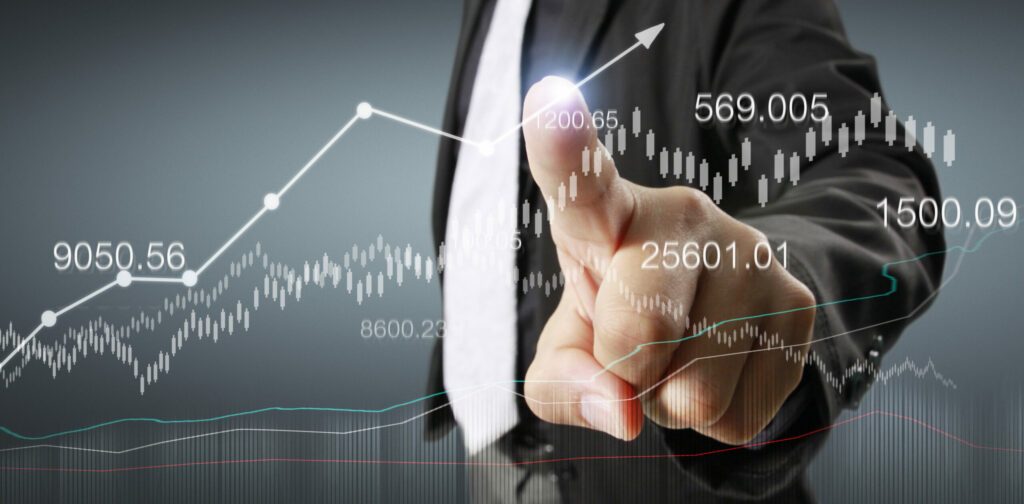Internet prop firms and prop trading firms are not the same entity. In general, Prop businesses will utilize any trading advantage they can to increase their profits. The traders at Internet Prop Firms are free to conduct their own research, hold positions, and execute trades before being copied by the firm. They will profit from the split, in addition, they will profit from back-end copying. In order to optimize their own algos in the markets, they will then collect all the data they have gathered from the activity of their traders. That is a great advantage when conducting a trading business.
The initial account amount that forex traders receive from prop trading firms often ranges from $10K to $200K for the assessment period of 1-3 months. The huge leverage ratio, which for prop traders can go up to 100:1. With these high leverage ratios, trading is appealing to day traders since they can generate a sizable daily revenue with as few as 1 to 2 profitable trades per day. Prop traders may base their primary strategies on traditional technical analysis. But for large trading firms, the strategy might be different.
What are the strategies Prop Trading Firms use ?
Prop Trading Firms use a variety of strategies as long as they can profit significantly from them. They will use a different type of technical analysis known as Order Flow Trading instead of the conventional approach many retailers have. It is common that many Prop companies will utilize HFT practices, Their primary goal is to use “arbitrage” to make money from inefficiencies in pricing across different financial assets. Even if independent big prop companies frequently employ arbitrage, many prop traders are aware that it is forbidden in online prop firms. Some strategies big firms adopt are:
Global Macro strategy: Traders employ the Global Macro strategy in prop trading firms to achieve success. They research data pertaining to global economic conditions. In this approach, they are able to “predict” intelligently about how it will affect prices. Using this requires researching a wide range of market variables, including:
- developing nations
- imbalances in world trade
- the power of different currencies
Statistical arbitrage: Searching for price differences between assets on several exchanges is another way these prop companies profit. This tactic, known as statistical arbitrage, involves a proprietary trader searching for momentary price discrepancies across various exchanges. They take advantage of these minute variations, which many people fail to even notice, with the use of extremely quick trades.
Are firms using order flow as part of their technical analysis strategies?
The most common types of trading analysis include technical analysis, sentiment analysis, and fundamental analysis. One type of trading strategy used by traders on the markets that incorporates all three of the aforementioned analyses is called order flow trading. Traders use a tool known as the Depth-of-Market also called DOM to trade Order Flow. On this “DOM” Prop Traders can see all the orders in the market and they may also place trades here.
What then is Order Flow in detail? As the name implies, order flow fundamentally refers to the exchange of orders that are occurring in the market. Prop traders typically employ trading techniques that call for frequent trading. In fact, making numerous trades each day is encouraged. And the reason they are able to do that is because of the Big prop firm’s overall volume, which enables them to negotiate extremely low commission rates. Retail traders are unable to obtain this. They can spend the entire day in front of their screen and place and cancel deals in a matter of minutes, sometimes even seconds.

